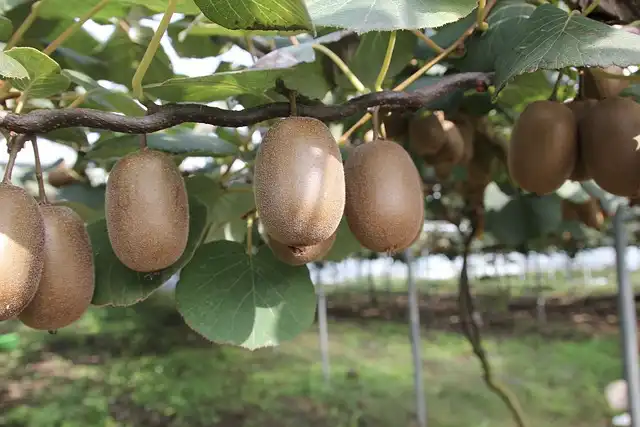Comparing with allopolyploid speciation, there are fewer cases of homoploid hybrid speciation. Although transient homoploid hybridization events have been detected in many plant genera, solid evidence from genomic data is scare.
The reticulate evolution caused by interspecific hybridization has greatly contributed to speciation of Actinidia. Actinidia zhejiangensis, a species published in 1982, is distributed in Jiangxi, Zhejiang and Fujian Province in China with a small population size. Previous studies speculated that A. zhejiangensis originated from hybridization between Actinidia eriantha and Actinidia hemsleyana or Actinidia rufa based on limited molecular markers and small number of sampled taxa. The hybridization origin of A. zhejiangensis, and the phylogenetic relationship between it and other Actinidia species still cannot be determined from the morphological characteristics and the reported molecular evidence.
Researchers from the Wuhan Botanical Garden of the Chinese Academy of Sciences, together with collaborators from Lushan Botanical Garden and Forest Resources Monitoring Center of Zhejiang Province, generated chromosome-scale reference genome assemblies of A. zhejiangensis and A. hemsleyana to reveal the transient homoploid hybridization of A. zhejiangensis.
The chromosomes of A. zhejiangensis were confidently assigned to two sets of haplomes. Combined with a published A. eriantha genome, the researchers found these two haplomes originated from A. eriantha and A. hemsleyana, respectively. Based on resequencing data from A. zhejiangensis, A. eriantha, and A. hemsleyanaindividuals, they discovered that A. zhejiangensis were mainly F1 hybrids of A. hemsleyana and A. eriantha, and A. hemsleyana and A. eriantha were the constant paternal and maternal parents, respectively.
Thus, A. zhejiangensis was not a stabilized independent hybrid species, although gene flow started about 0.98 million years ago, suggesting strong reproductive barriers between A. hemsleyana and A. eriantha.
Five inversions containing genes involved in pollen germination and pollen tube growth could affect the fertility of hybrids between A. hemsleyana and A. eriantha. Despite its distinct morphological traits and long recurrent hybrid origination, A. zhejiangensis did not initiate speciation.
In conclusion, this study provides the first evidence of dead-end hybridization between two deeply divergent kiwifruit species rather than homoploid hybrid speciation, sheds light on Acitinida speciation, and generates valuable genomic resources for future evolutionary and functional genomics studies of kiwifruit.
Results were published in The Plant Journal entitled “Genomic analyses reveal dead-end hybridization between two deeply divergent kiwifruit species rather than homoploid hybrid speciation.”
This work was supported by the National Natural Science Foundation of China, the National Key Research and Development Program of China, and the Foundation of Hubei Hongshan Laboratory.
Read the paper: The Plant Journal
Article source: Chinese Academy of Sciences
Author: ZHANG Nannan
Image: Kiwis hanging on a vine in a kiwi crop field. credit: idaun / Pixabay








